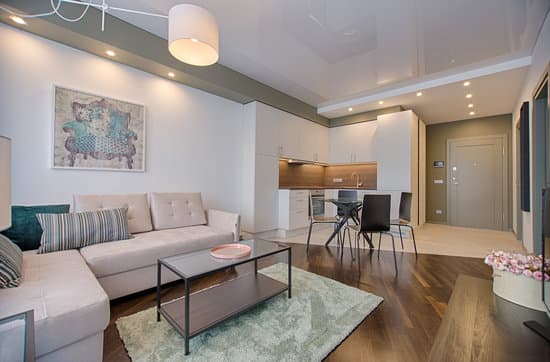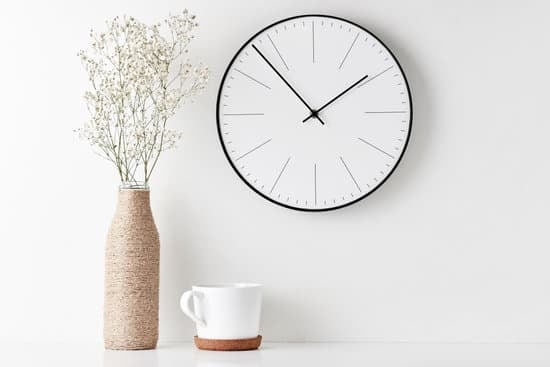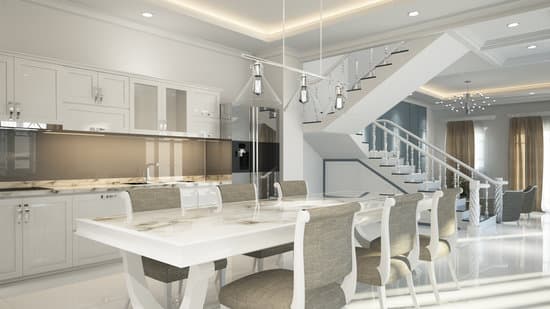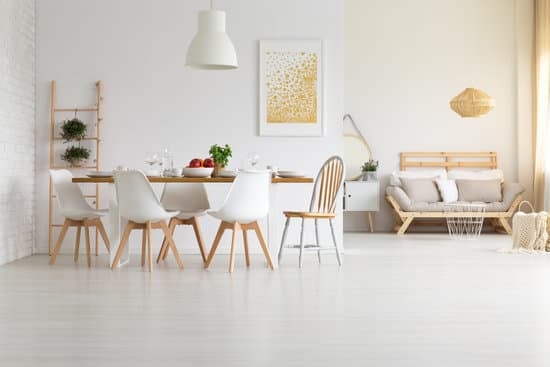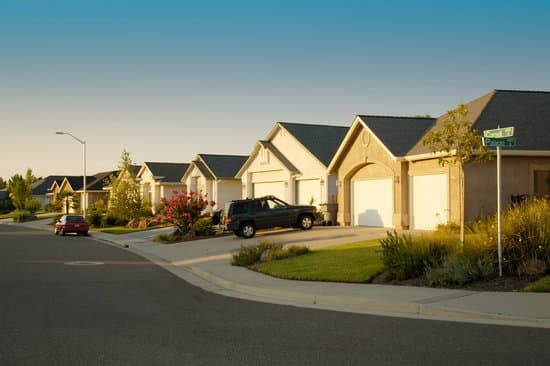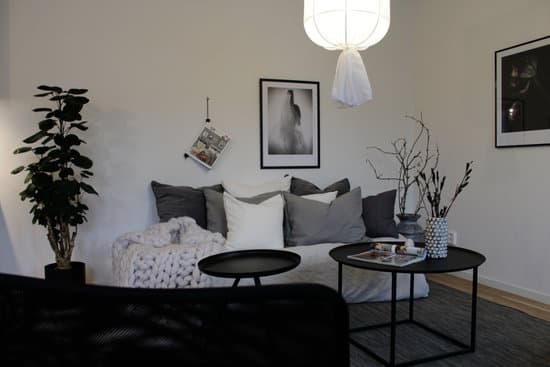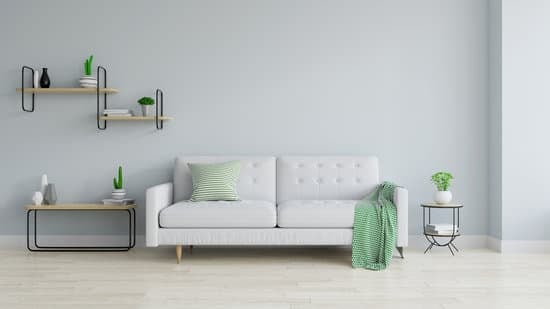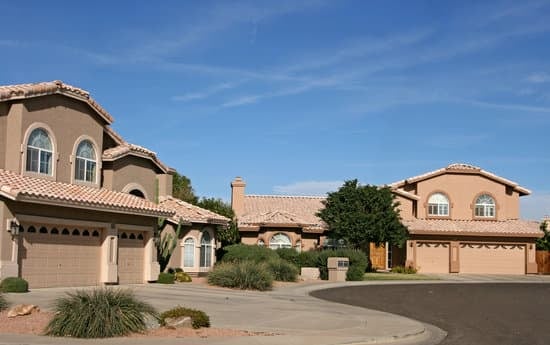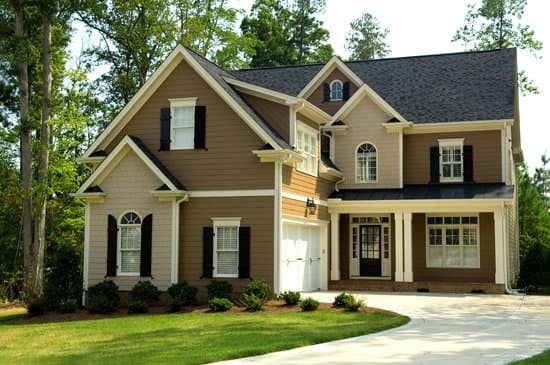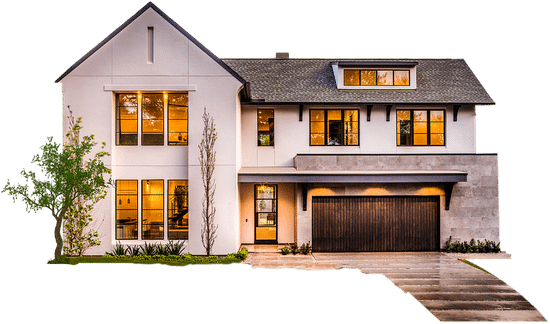Understanding the concept of timeless design
Timeless design is a classic and elegant style that incorporates functional and practicality to create a cohesive and attractive space. The concept of timeless design is to create an style that is subtle yet refined and will remain relevant throughout the years. The use of simple and clean lines, uncluttered spaces, and natural materials are all part of the timeless design aesthetic. While modern design trends come and go, timeless design withstands the test of time, making it a wise choice for any home.Achieving simplicity without sacrificing elegance
One of the key elements of timeless design is simplicity without sacrificing style. This can be achieved by utilizing neutral color palettes, such as whites, grays, and browns, and incorporating classic shapes and patterns. A minimalist approach to embellishments and accessories helps to create a clean and uncluttered aesthetic. Furniture with classic lines and shapes, such as a Chesterfield sofa or a mid-century modern armchair, can add a touch of elegance to any space without being overbearing. Bullet Points for Achieving Simplicity in Timeless Design:- Utilize neutral color palettes
- Use classic shapes and patterns
- Embrace minimalism
- Incorporate furniture with classic lines and shapes
Incorporating practicality into your design
Timeless design not only focuses on aesthetics but also on functionality and practicality. Practicality is achieved through the use of multifunctional furniture, such as a storage ottoman, and durable materials that can withstand wear and tear. Incorporating smart technology, such as programmable thermostats and lighting systems, can also add a practical, modern touch to a timeless design. Bullet Points for Incorporating Practicality in Timeless Design:- Choose multifunctional furniture
- Use durable materials such as leather and wool
- Incorporate smart technology
Flexibility and adaptability in timeless design
Flexibility and adaptability are essential qualities for timeless design. Incorporating elements that can be easily switched out, such as throw pillows, curtains, and area rugs, can keep a timeless design fresh and relevant. Additionally, utilizing furniture with removable or modular components can allow for easy customization of the space. Bullet Points for Flexibility in Timeless Design:- Use easy-to-switch-out elements, such as throw pillows and curtains
- Utilize furniture with modular or removable components
Creating harmony with your surroundings
Timeless design fits in seamlessly with its surroundings. For example, a beach house may incorporate natural materials such as rattan and jute, while a mountain chalet may feature an abundance of wood tones and cozy textiles. Incorporating elements from the environment in which the home is located creates a cohesive and harmonious design. Bullet Points for Creating Harmony in Timeless Design:- Take inspiration from the environment in which the home is located
- Use natural materials
- Choose colors that complement the surrounding environment
Materials and colors that enhance timeless design
The materials and colors used in timeless design are key to creating its elegant and refined look. Natural materials such as wood, stone, leather, and wool are classic materials and add texture and warmth to the space. Neutral colors such as white, gray, and beige provide a clean and calming backdrop, while pops of color can be added through accessories and artwork. Bullet Points for Materials and Colors in Timeless Design:- Use natural materials such as wood, stone, leather, and wool
- Stick to neutral colors such as white, gray, and beige
- Incorporate pops of color through accessories and artwork
Tips for achieving a long-lasting design
To achieve a long-lasting and timeless design, it’s important to focus on quality over quantity. Invest in well-made, durable furniture and materials that will stand the test of time. Additionally, avoid overly trendy accessories and design features. Instead, opt for classic, timeless elements that will remain relevant for years to come. Lastly, don’t be afraid to incorporate personal touches and pieces that have sentimental value, as they can add character and meaning to the space. Bullet Points for Achieving a Long-Lasting Design:- Invest in well-made, durable furniture and materials
- Avoid overly trendy accessories and design features
- Opt for classic, timeless elements
- Incorporate personal touches and sentimental pieces




